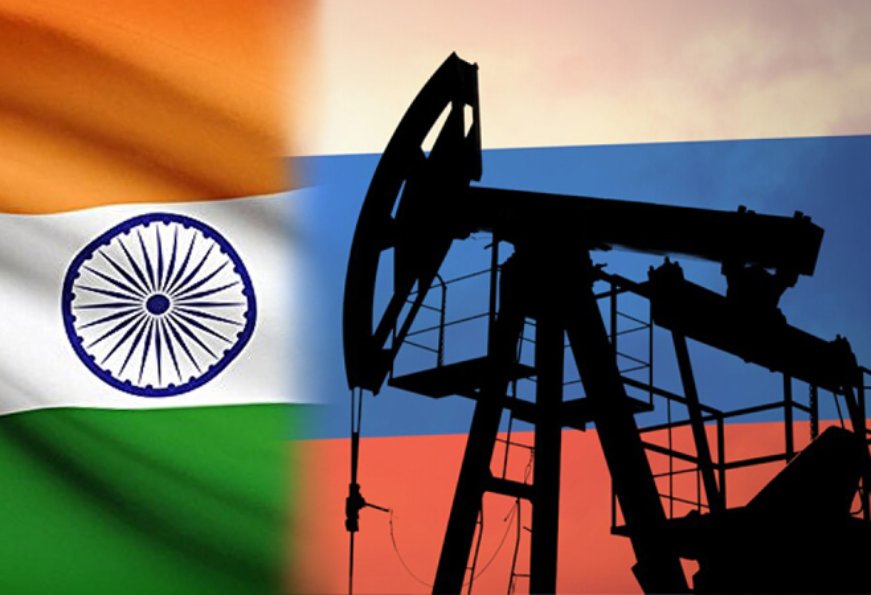India has solidified its position as the world’s largest importer of Russian crude oil, a trend that began following the geopolitical shifts caused by Russia’s invasion of Ukraine in February 2022.
The South Asian nation, heavily reliant on imported crude for over 85% of its oil needs, continues to play a pivotal role in Russia’s oil export strategy.
Since the onset of the Ukraine conflict, India has transitioned from purchasing less than 1% of its oil from Russia to sourcing nearly 40% of its total crude imports from the country. This shift has been driven largely by Russia’s strategy of offering steep discounts on its Urals-grade crude in response to sanctions and price caps imposed by Western nations.
Also Read: China’s Xi calls for stronger bonds with Russia in Lunar Eve phone call with Putin
In recent months, however, India’s Russian oil imports have shown signs of fluctuation. November saw a 55% drop in imports from Russia, marking the lowest levels since June 2022, according to the Centre for Research on Energy and Clean Air (CREA). Despite the decline, Russia remains India’s leading oil supplier.
Globally, Russia has faced significant challenges in maintaining its oil revenues due to sanctions led by the Group of Seven (G7) nations, the European Union, and Australia. The $60 per barrel price cap imposed in December 2022 has forced Russia to seek alternative markets, with India and China emerging as key buyers. Together, the two countries accounted for over 80% of Russia’s crude oil exports, with China purchasing 47% and India 37%.
India’s imports of discounted Russian crude have allowed it to stabilize domestic fuel prices while meeting growing energy demands. As the geopolitical landscape evolves, India’s role as a major consumer of Russian oil is likely to remain central to the global energy market.



